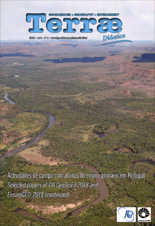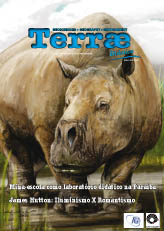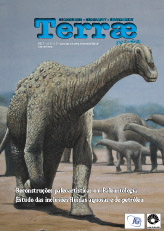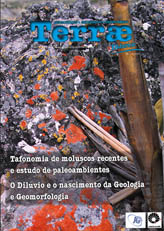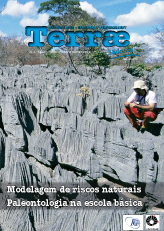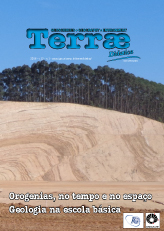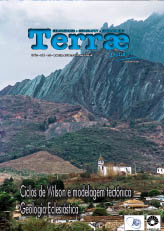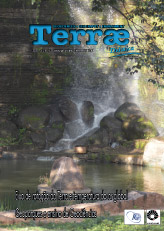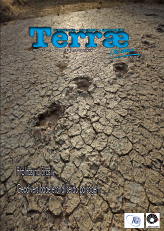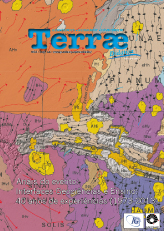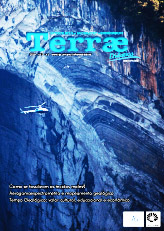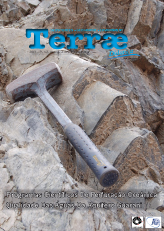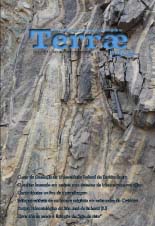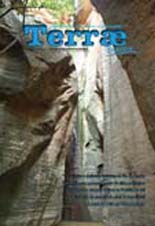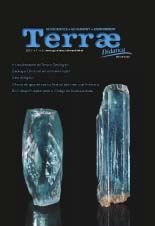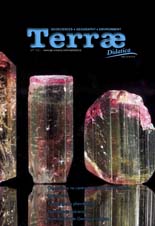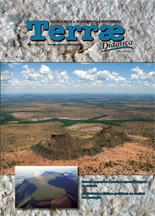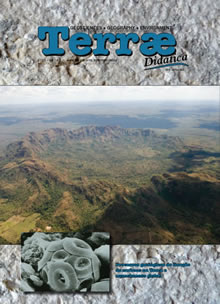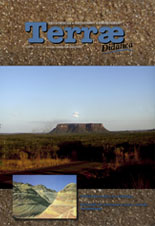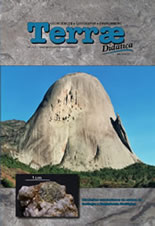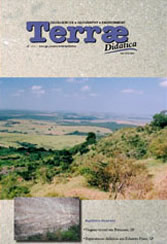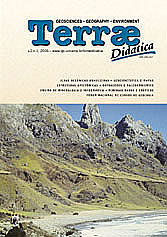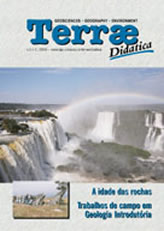Campinas-Brasil
ISSN 1980-4407

 ___________________
___________________ __
__
Volume 14, n2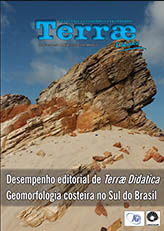
Volume 14, n1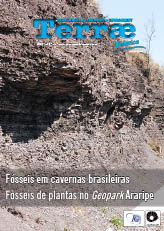
Volume 12, n3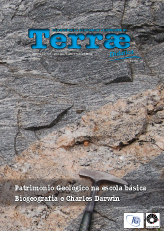
Volume 10, n2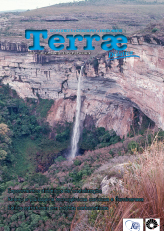
Volume 8, n2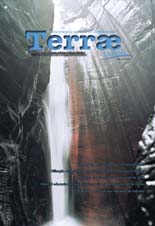
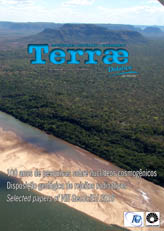
How museums, teacher educators, and schools innovate and collaborate to learn and teach Geosciences to everyone
Maritza Macdonald
mmacdonald@amnh.org
David Silvernail
American Museum of Natural History, Richard Gilder Graduate School, 200 Central Park West, New York, NY 10024 - davids@usm.maine.edu
Natasha Cooke-Nieves2,
Center for STEM Research, Education, and Outreach, Southern Illinois University, Edwardsville, Il 62026
University of Southern Maine Center for Education Policy, Applied Research and Evaluation, Portland, Maine - ncooke-nieves@amnh.org
Sharon Locke
slocke@siue.edu
Aline Fabris
alinegfabris@gmail.com
Nakita Van Biene
nakitavanbiene@gmail.com
Michael J. Passow
Lamont-Doherty Earth Observatory of Columbia University, New York, NY - michael@earth2class.org.
Abstract: Natural History museums are well known for the multiple educational opportunities they offer the public, including students, schools, and international visitors. We introduce a new role for museums: sites for the education and certification of science teachers. In 2017, the American Museum of Natural History (AMNH) completed evaluation of its initial six years as the first museum-based Master of Arts in Teaching (MAT) Earth Science program. The program was created in response to needed local and national education policies, and desire to improve Earth Science education, especially those designated ‘at-risk.’ This program began as a pilot program authorized by New York State. In developing museum-specific parts of the program, we included research perspectives from Learning in Informal Institutions, Spatial Thinking, and Place-Based Learning. Rigorous selection of candidates required background in one Earth Science field. Scientists, curators, and educators served as faculty. They taught courses and and directed field and laboratory experiences. MAT courses focus on learning in museums and pedagogical content knowledge regarding middle and high school Earth Science. Experiential residencies are geared toward preparing candidates to teach in museums and schools, as well as conduct independent and team science research. Courses are co-taught by scientists and educators. They are designed to incorporate museum exhibit and resources. They draw on current and past scientific research, technology, and online teaching tools to enhance instruction, demonstrate nature of science, and complement science with cultural histories that highlight the role of science in society. Evaluation evidence indicates the program has been successful in preparing teachers to teach in high-needs urban schools in New York State. The AMNH programs operate on multiple levels: graduate teaching residency program, strong partnerships with schools, provider of on-site graduate courses for other colleges, and center for research informal learning in science institutions. An external-impact quantitative study focused on student performance on standardized New York State Earth Science tests showed that students of MAT graduates do as well as students taught by other teachers with similar years of experience, and that demographically, MAT teachers instruct a higher percentage of students with lower economic and academic profiles. After Year 3, the AMNH was authorized to grant its own degrees. This paper focuses on how the program design utilizes all aspects of a natural history museum to offer the science museum community, teacher educators, and policy-makers new approaches for the preparation of teachers and the education of their students.
Keywords: Natural History Museum, Teacher Education Program, Museum Teaching and Research.
Copyright © 2005-2007 - Instituto de Geociências - Universidade Estadual de Campinas - UNICAMP - Brasil - Todos os direitos reservados -
Desenvolvimento: ![]()
